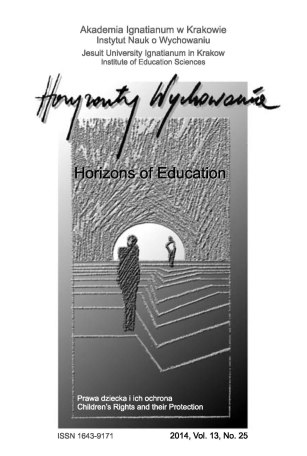Criminal Responsibility of Children in Iranian Penal System in the Light of New Penal Code
Abstract
The qualitative and quantitative reactions of the penal system to offenses by children and adolescents have always been the subject of investigations and explorations. The significance of childhood and adolescence, the effects of these periods on the personality and future of members of these age groups, and evident differences between the physical and psychological capabilities of children and adolescents compared to adults are the causes of the significance. In this regard, determination of the age of criminal responsibility is considered one of the main axes of juvenile criminal law. The importance of this issue originated from the fact that in this stage the criminal adolescent is exposed punishments determined for adult committers of such crimes. Accordingly, in most countries the legislator determines an age as the age for application of full criminal responsibility. Therefore, when an adolescent reaches that age he/she gains sort of physical and intellectual maturity. The age is conventionally equal to the age of acceptance of social responsibility. In most countries, 18 is the age for application of full criminal responsibility. InIran, the age of religious maturity for girls and boys is 9 and 15, respectively. The ages are also considered the criterion for applying criminal responsibility. However, changes have been made that have caused gradual application of responsibility, specification of some punishments, and prosecution of crimes. The present study aimed to analyze and criticize the status qua in light of the new Islamic Penal Code of Iran and the Criminal Procedure Act.
References
Abachi Maryam, Juvenile Criminal Laws, first edition, Majd Press, 2001.
Ashuri Muhammad, Juvenile Trial in Iran, Proceedings of the seminar on juvenile trial, Tehran, UNICEF, first volume, 2000.
Ebadi Shirin, Child Rights, Kanoon Publications, eighth edition, 2010.
Fathi Hujjat Allah, Juvenile Criminal Responsibility, “Quarterly of Islamic Law”, eighth year, no. 21, 2009.
Mirsaeedi Seyyed Mansour, Criminal Responsibility, first volume, first edition, 2007.
Mohseni Morteza, Criminal Responsibility, Public Criminal Code Course, Ganjedanesh Press, first volume, 1997.
Najafi Abrand Abadi, Ali Husseini, An Introduction to Criminal Policy, Mizan Press, first edition, 2002.
Najafi Abrand Abadi, Ali Hussein and Hashem Beygi, Hamid, Terminology of Criminology, Shahid Beheshti University Press, first edition, 1998.
Nobahar Rahim, Age and Criminal Responsibility, “Journal of Criminal Law”, third year, no. 2, autumn and winter 2013.
Shambayati Hushang, Public Criminal Law, Zhubin Press, second volume, eighth edition, 1997.
United Nations Convention on the Rights of the Child, Nov. 20, 1989, 28 I.L.M. 1456, 1577 U.N.T.S. 3.
Copyright (c) 2016 HORIZONS OF EDUCATION

This work is licensed under a Creative Commons Attribution-NonCommercial-NoDerivatives 4.0 International License.
Authors who publish with this journal agree to the following terms:
- Authors retain copyright and grant the journal right of first publication with the work simultaneously licensed under a CC BY-NC-ND licence that allows others to share the work with an acknowledgement of the work's authorship and initial publication in this journal.
- Authors are asked to enter into separate, additional contractual arrangements for the non-exclusive distribution of the journal's published version of the work (e.g., post it to an institutional repository or publish it in a book), with an acknowledgement of its initial publication in this journal.
Authors are permitted and encouraged to post their work online (e.g., in institutional repositories or on their website) prior to and during the submission process, as it can lead to productive exchanges, as well as earlier and greater citation of published work (See The Effect of Open Access). We advise to use any of the following reserach society portals:





